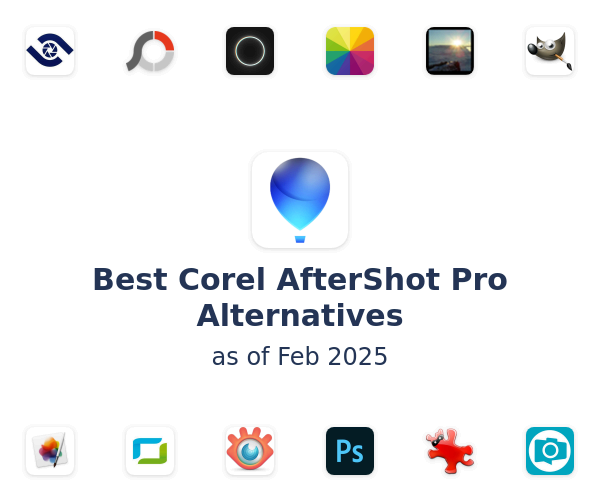
I don't have the access to studio space the way I did at my previous job, so my use for Darktable now is solely as a digital darkroom. One that kept popping up was Darktable, which I use on a semi-regular basis, so I thought I'd write up a quick intro to this fine open source, cross-platform application.ĭarktable is designed to be a photography workflow application, meaning that if you want it to act as the center of your photo studio, it can be exactly that you can tether your camera to it, bypass the need for an SD card tool, shoot straight into Darktable, and then review your photos, do filter-based non-destructive edits, and publish. As it happens in open source, the collaboration that followed his article (in this case, in the form of comments by lots and lots of readers) generated a whole new list of great open source photo tools. Last month, Jason Baker wrote a great article on photo managers. To activate a token in Unity go to Mapbox → Configure and paste the Access Token to activate it.

Remember to create a Mapbox Studio account you will need an access token in Unity to fetch the map data. You will find the assets in the ParkTutorial folder. With the SDK, you can access not only maps, but also location intelligence metadata the lets you know things like “this location is a park,” “there’s a building here that’s 200 ft tall,” or “there is a grocery store 100 ft from you.” This data can be used to procedurally generate experiences at world scale.

The tutorial also uses the latest SDK, v1.2.

The repo comes with ARKit and runtime nav mesh components that are required to complete this tutorial. We will be using components for the demo that require the experimental mapbox-arkit-unity build this library is not the same as the standard SDK build. In part 2, we show you how to do this yourself. In part 1 we highlighted an example using the SDK to procedurally generate game characters in any location marked “park” in the world we then made them follow park pathways until the player approaches for battle.


 0 kommentar(er)
0 kommentar(er)
